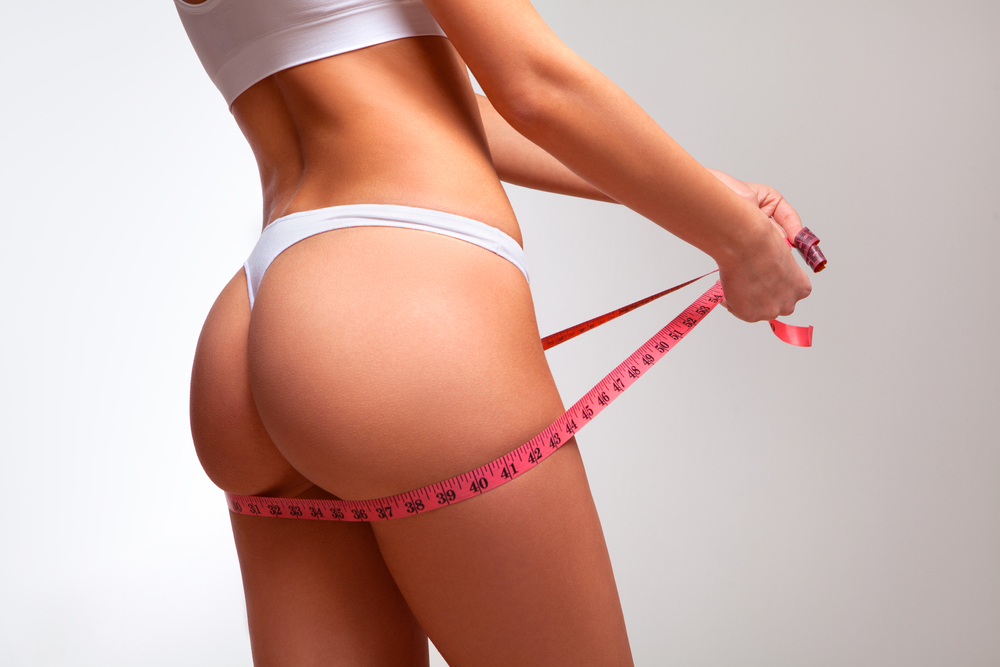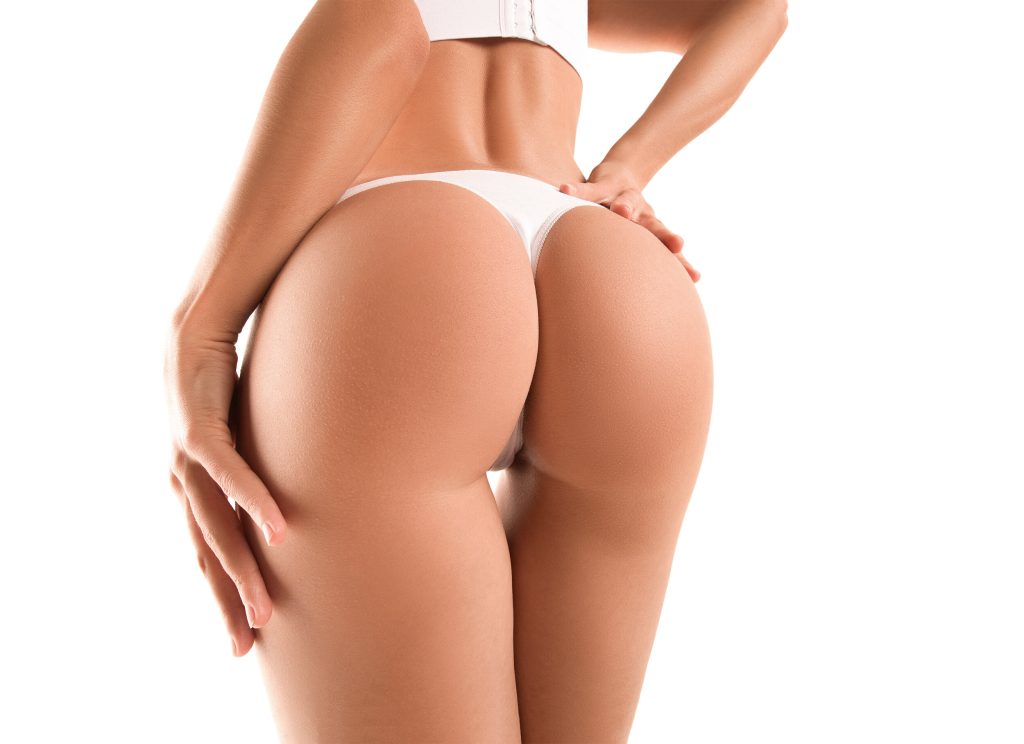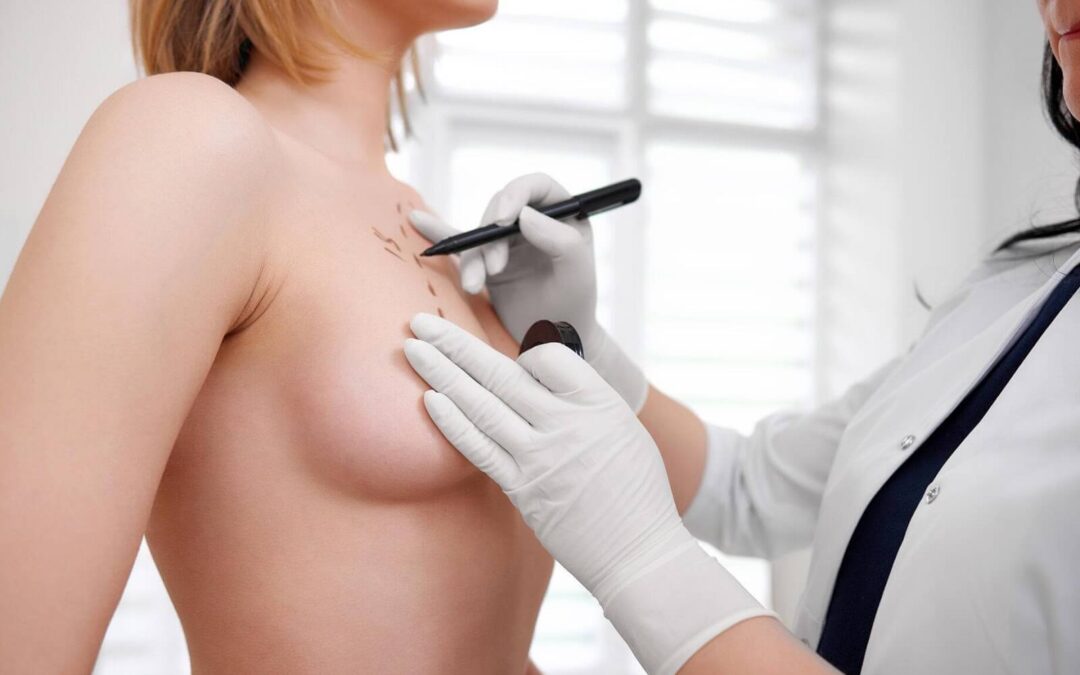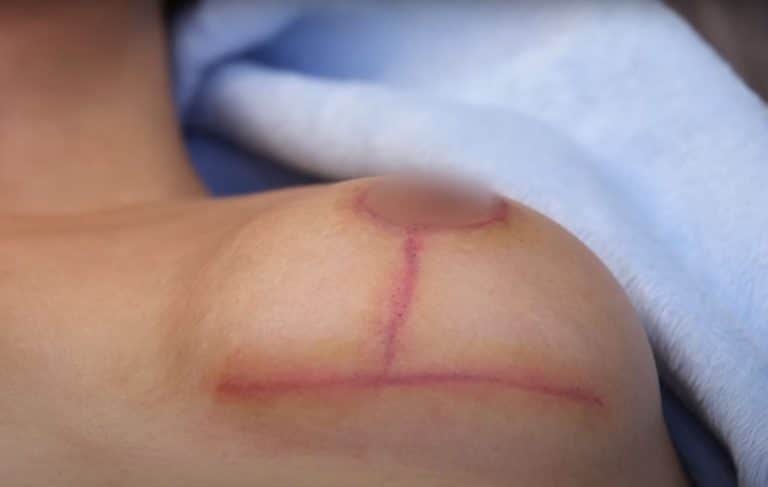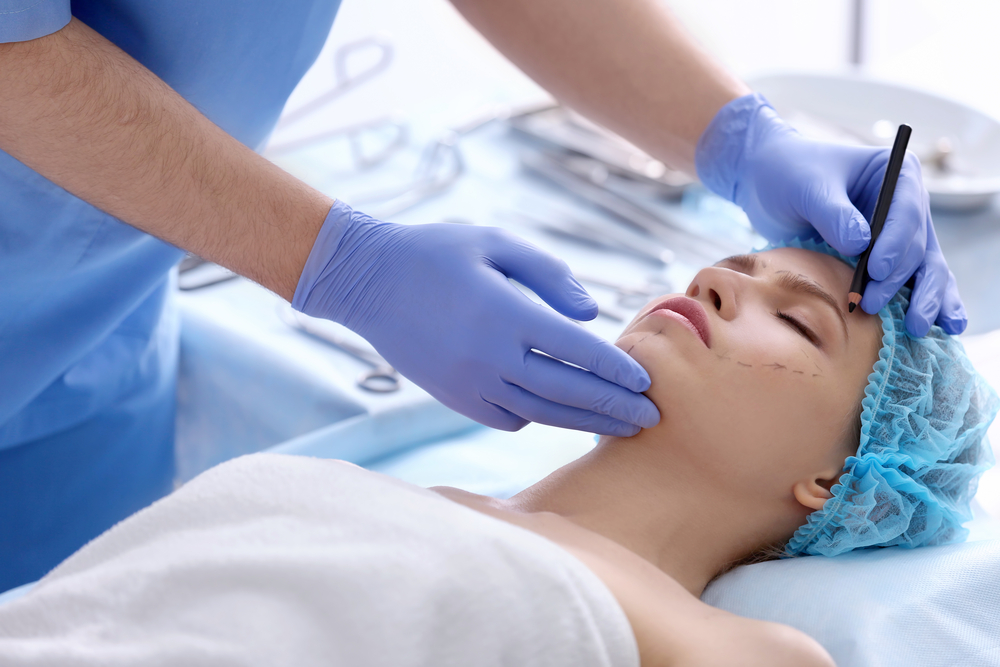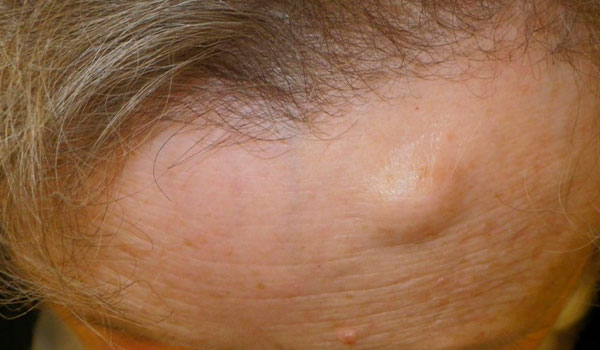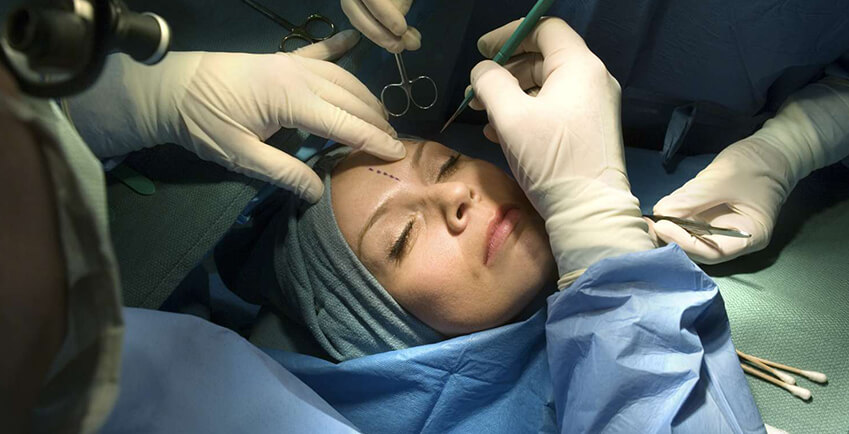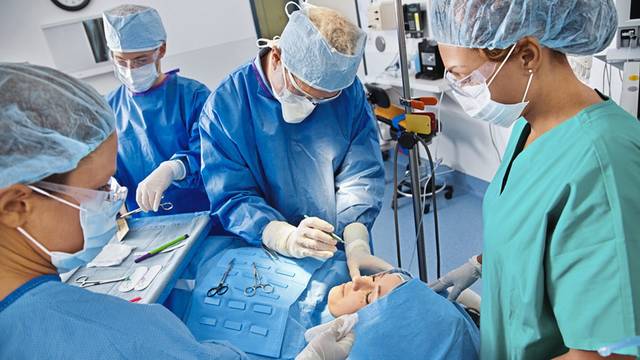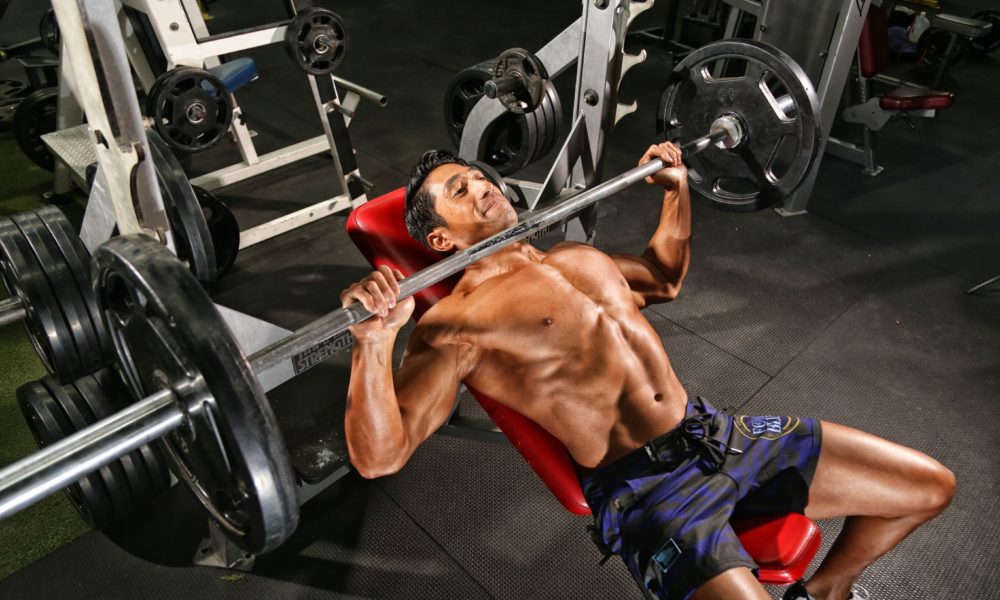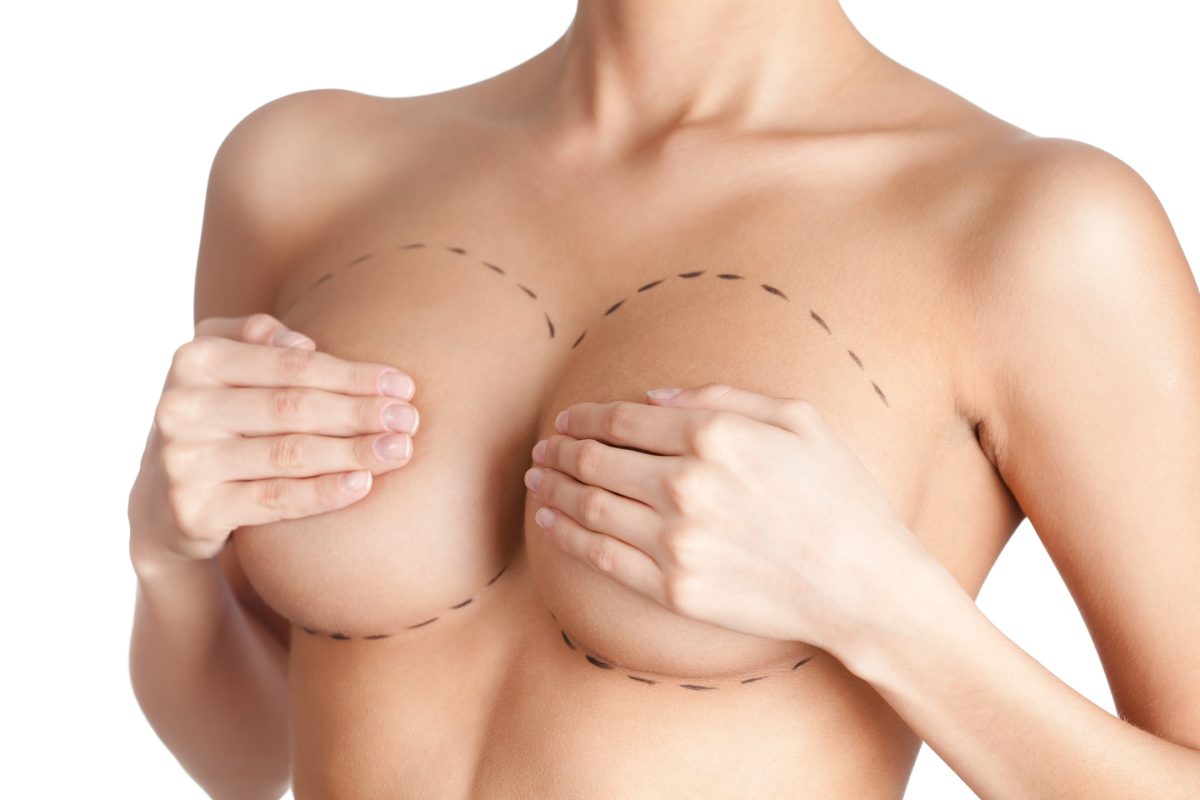Did you know that a significant number of people who undergo liposuction consider a second procedure? This is where revision liposuction steps in, aiming to refine and correct the outcomes from the initial surgery. It’s not just about fixing what didn’t go as planned; it’s about achieving the body confidence that might have felt just out of reach. Whether it’s uneven contours or not enough fat removed, revision liposuction offers a chance for patients to get closer to their envisioned results.
Understanding Revision Liposuction
Core Differences
Revision liposuction isn’t just another round of liposuction. It’s about correction and refinement. Primary liposuction aims to remove fat, but sometimes, the results aren’t perfect. That’s where revision steps in.
Patients often seek it out when they’re not happy with their first procedure. Maybe there are uneven areas or the fat reduction wasn’t as dramatic as hoped. Revision liposuction can fine-tune these areas.
Complexity Involved
This procedure is more complex than the initial one. Why? Because the surgeon has to navigate scar tissue from the previous surgery. They also must correct any irregularities left behind.
Techniques might vary significantly from those used in primary procedures. Surgeons need a keen eye for detail and a steady hand to achieve smoother, more natural-looking results.
Risks Associated with Revision Liposuction
Scar Tissue
Scar tissue can make revision liposuction tricky. This is because scar tissue is tougher than normal fat and skin. It makes the surgery harder to do.
Because of this, there’s a higher risk of irregularities after surgery. These could be bumps or uneven areas on the skin. They happen more often in revision cases than first-time surgeries.
Recovery Time
Recovery from revision liposuction might take longer. This is different from your first liposuction experience. The body needs more time to heal when it’s been through surgery before.
This means you could spend more days resting at home. You might also wait longer to see your final results.
Complications Risk
Revision liposuction comes with a higher chance of complications. This includes things like infection and blood loss.
-
Infections are risks in any surgery but can be more common in revisions.
-
Blood loss during revision procedures may also increase due to previous alterations in anatomy.
These complications happen because the surgeon has to navigate through changed body structures from the first surgery.
Identifying and Addressing Botched Liposuction
Signs to Watch
Botched liposuction can leave behind clear signs. Uneven contours, lumps, and excessive scarring are common. These issues can affect your appearance and confidence.
Patients might notice uneven skin where the procedure was done. Lumps or hard areas could form under the skin too. Excessive scarring is another telltale sign of a botched job.
Choosing a Surgeon
It’s crucial to pick a surgeon skilled in revision procedures. Experience matters when correcting previous mistakes.
A good surgeon understands how to assess and correct these issues safely. They know techniques like superficial liposuction that target specific areas with precision.
Assessment Process
An in-depth assessment is necessary for successful correction. This often includes imaging tests to see what went wrong underneath the skin.
Imaging helps identify problems not visible from the outside, such as fat embolism or ecchymosis (bruising). It guides surgeons in planning an effective revision strategy tailored to each patient’s needs.
Liposuction Revision Procedure Overview
Tailored Approach
Every revision liposuction is unique. It must match your body’s needs and your desired outcomes. Doctors first understand the issues from previous surgeries. Then, they craft a treatment plan just for you.
This plan might focus on correcting uneven areas or removing excess fat left behind. Your input is crucial here. You help set the goals for this second round of surgery.

Techniques Used
There are a couple of key techniques in revision liposuction: fat grafting and additional fat removal.
-
Fat grafting helps fix indentations by adding fat to specific spots.
-
More fat removal targets areas that need further slimming down.
The choice depends on what went wrong before and what you hope to achieve now.
Surgery Duration
How long your surgery takes varies widely. It depends on how much correction you need.
Small touch-ups might take just an hour or two. Bigger fixes could require several hours in the operating room. Your doctor will give you an estimate based on your treatment plan.
You’ll also learn about recovery times and any special garments you may need to wear afterward. These details help prepare you for the process ahead.
Candidates for Liposuction Revision
Realistic Expectations
Candidates must understand what revision liposuction can and cannot do. It’s not a magic fix. Some patients hope to achieve perfect results, but bodies have limits. A good candidate knows this.
They talk with their plastic surgeon about achievable outcomes. This helps set realistic goals for both the patient and the surgeon.
Healing Time
Before considering revision, there must be enough healing time from the initial surgery. Typically, surgeons recommend waiting at least six months. This allows swelling to go down and the body to fully recover.
During this period, it’s crucial to follow all post-op instructions closely. Wearing compression garments and avoiding strenuous activities are key steps in ensuring proper healing.
Good Health
Good overall health is vital for anyone thinking about undergoing another surgery. Healthy patients face fewer risks during surgery and heal faster afterwards.
Plastic surgeons evaluate a patient’s health before agreeing to perform revision liposuction. They look at factors like skin elasticity, existing scar tissue, and whether fat deposits are suitable for removal or fat grafting.
Managing Unsatisfactory Liposuction Outcomes
Specialist Consultation
Seeking advice from a qualified revision specialist is crucial. They understand the complexities of correcting unsatisfactory liposuction results. This step ensures you’re guided correctly towards improving your situation.
A thorough evaluation will help identify issues such as residual fat, excess skin, or poor skin elasticity. The specialist can then recommend the best course of action. This might include another round of lipo or alternative treatments.
Treatment Options
Discussing non-surgical versus surgical options is important. Non-surgical methods may address minor concerns like slight asymmetry or surface irregularities.
-
For small adjustments, treatments might involve lasers to improve skin texture.
-
In cases of significant residual fat or excess skin, surgery could be necessary for effective results.
Understanding the potential for further procedures is also vital. Additional surgeries might bring about challenges such as operative swelling and longer recovery times.
Psychological Readiness
Being mentally prepared for more procedures is essential. Revision surgeries can be emotionally taxing due to expectations and past experiences.
It’s normal to feel anxious about undergoing another procedure after an unfavourable outcome. Discussing these feelings with your specialist helps in making a well-informed decision that aligns with your mental readiness.
Recovery Experience After Liposuction Revision
Longer Timeline
Recovery from revision liposuction often takes more time than the initial procedure. This is because your body needs to heal from the previous surgery as well. You might feel impatient, but healing cannot be rushed.
It’s important to follow your doctor’s advice closely during this period. They know best how to ensure a smooth recovery for you. Expect several weeks before feeling fully recovered.
Special Garments
After revision liposuction, wearing special garments is usually recommended. These help shape your body and support healing tissues.
The garments are not just any clothing items. They’re designed specifically for post-surgery recovery. Wearing them as instructed can make a big difference in your results.
Monitoring Health
Keeping an eye out for signs of infection or complications is critical after surgery. Any unusual symptoms should be reported to your doctor immediately.
-
Redness
-
Swelling
-
Pain
These could indicate something isn’t right with your recovery process.
Staying vigilant helps catch issues early when they’re easier to treat.
Understanding the Results of Liposuction Revision
Final Outcomes
After undergoing a revision liposuction, it’s crucial to have patience. The final results may take several months to fully materialize. This delay is often due to post-operative swelling that gradually subsides over time.
It’s common for patients to feel anxious or eager to see their new body shape immediately after surgery. However, understanding that this process requires time can help manage expectations and reduce stress during recovery.
Success Measurement
Success in revision liposuction isn’t about achieving perfection but rather significant improvement from the previous procedure. Each patient’s body reacts differently, making it essential to gauge success on an individual basis.
Factors like skin elasticity and overall health play critical roles in determining the outcome. Therefore, comparing one’s results with others’ can lead to unrealistic expectations and dissatisfaction.
Setting Expectations
Patient satisfaction heavily relies on having realistic expectations before undergoing surgery. Clear communication between the surgeon and patient about possible outcomes is vital.
Discussing potential limitations and setting achievable goals can greatly enhance satisfaction levels post-surgery. It helps align what patients hope to achieve with what is surgically feasible.
Closing Thoughts
Navigating the waters of revision liposuction can feel like you’re charting unknown territories, but it’s a journey you don’t have to embark on alone. Armed with knowledge about what it entails, the risks, and how to bounce back from a less-than-ideal liposuction experience, you’re now better equipped to make informed decisions. Think of it as recalibrating your route after hitting a bump in the road – daunting, yes, but far from impossible. Your body’s roadmap might have taken an unexpected detour, but achieving your desired aesthetic goals is still within reach.
Let this be your nudge to take the wheel confidently. If you’ve been grappling with dissatisfaction from a previous procedure, consider this as your sign to explore revision options. Remember, it’s crucial to consult with a seasoned professional who can guide you through this process with expertise and care. Ready for a smoother journey ahead? Reach out and set your course towards the results you truly deserve.
Frequently Asked Questions
What is revision liposuction?
Revision liposuction is a follow-up procedure aimed at correcting or improving the results of an initial liposuction surgery. It’s like giving your body’s contours a second chance to match your expectations.
Who typically needs revision liposuction?
If you’re not happy with the outcomes of your first liposuction—think uneven contours, insufficient fat removal, or excessive fat removal—you might be a candidate for a revision. It’s like hitting the refresh button on your previous procedure.
What are the risks associated with revision liposuction?
Just like any sequel, there are additional risks. Revision procedures can be more complex due to scar tissue and altered anatomy from the first surgery, leading to increased chances of complications such as infection or irregularities.
How does recovery from revision liposuction compare to the initial procedure?
The recovery road might feel familiar but potentially longer. Since it’s round two for your body, healing could take more time as tissues have been through this process before. Think of it as binge-watching your favorite show’s second season—it takes time but you know what to expect.
Can I expect perfect results after revision liposuction?
While perfection is our goal, think of it more as aiming for significant improvement rather than absolute flawlessness. Results depend on various factors including skin elasticity and how well you heal post-op—it’s about getting closer to where you want to be, not necessarily crossing the finish line in record time.




